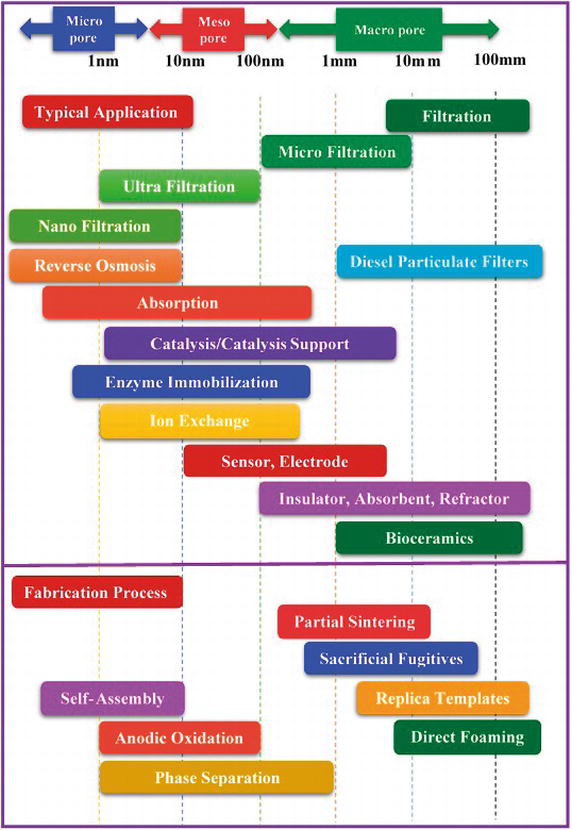Define Porosity In Ceramics
Porous ceramics consisting tailored porosity shows special properties and features that usually cannot be achieved by their conventional dense counterparts.
Define porosity in ceramics. In a material like gravel the grains are large and there is lots of empty space between them since they don t fit together very well. Porosity is closely related to density where the fractional porosity is simply 1 f f being the fractional density. The term porosity is used in multiple fields including pharmaceutics ceramics metallurgy. There are many ways to test porosity in a substance or part such as industrial ct scanning.
This pore space includes any hydrocarbon fluids mobile water capillary bound water and clay bound water. Cuticles that are more widely spaced. Cuticles that are close together. Porosity or void fraction is a measure of the void spaces in a material and is a fraction of the volume of voids over the total volume between 0 and 1 or as a percentage between 0 and 100.
In a soil or rock the porosity empty space exists between the grains of minerals. It can also refer to a place where pottery is made. Thus porous ceramics find nowadays many applications as final products and in several technological developments. Cuticles that are less tightly bound.
Loosely applied term for functional objects made of clay. Porous materials can absorb fluids or moisture which causes corrosion. Porosity is a fraction between 0 and 1 typically ranging from less than 0 01 for solid granite to more than 0 5 for peat and clay. Total porosity may be defined as all the pore space containing fluids water oil or gas whether or not they are mobile.
Porosity the state or quality of being porous or full of pores comes via middle french and old french porosité porrosité from medieval latin porositās stem porositāt a derivative of the medieval latin adjective porōsus porous itself a derivative of late latin porus a passage a channel in the body an air passage. Strictly speaking some tests measure the accessible void the total amount of void space accessible from the surface. It is either expressed as a percentage or fraction. For simple geometries porosity is measured by determining the weight and dimensions and comparing the density to the theoretical value.
Porosity is a measure of the pore volume. Porosity is an intrinsic property of every material.













































